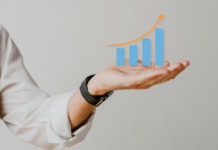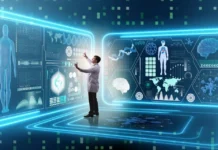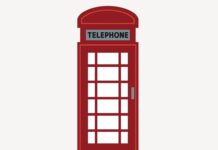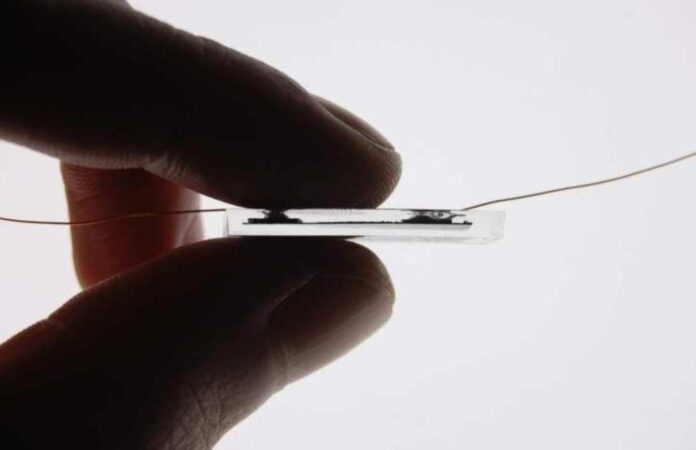
With the threat of Covid 19, professional healthcare providers have found themselves relying more and more on modern sensor technology.
So, what exactly is sensor tech and how have they been helping combat the threat of coronavirus throughout 2024 and play an essential role in the years ahead?
What are medical sensors?
Used in a range of fields, medical sensors help monitor key patient vitals and record them for later review. This allows physicians to track outputs such as pulse rate, blood pressure, temperature, respiration, and much more. Once applied, the patient can be easily checked over a sustained period.
This lets doctors and nurses capture any required amount of detail to make an informed choice about their patients and provide an ‘early alert’ in the event that their vitals change. Often applied non-invasively, these make them an essential tool in the world of contemporary healthcare and the provision of long and short-term support.
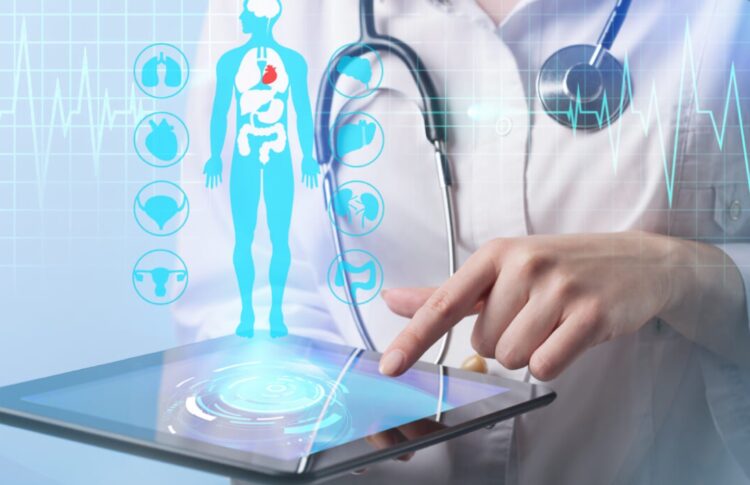
Can they be relied upon?
In a word, yes.
While many may criticise medicine for moving with a lack of urgency, it is important not to mistake caution and confidence for laziness. No matter the role a piece of equipment will play in a ward, through surgery, or diagnosis, it has to be rigorously tested and declared fully fit for purpose.
Over the years, sensor technology has been reviewed and appraised to ensure that it is fit for purpose. This allows modern devices to be-
Flexible: As Covid has shown, the need for devices to ‘speak’ to each other is invaluable. This allows practitioners to attach a unique suite of sensors to each patient and capture the data they need for specific analysis, monitor a patient’s key vitals, or use a bespoke approach to probe a problem in a fraction of the time.
Reliable: Before any sensor device is brought into daily practice, it is required to be subject to extensive stress-testing. This involves using the device in situations that are well beyond its normal operational environment. These can include extremes of temperature, protracted periods of use, and more. This allows the device to be extremely dependable and ensure that it can be trusted when the chips are down.
Portable: Usability is a key factor for any piece of sensor tech. This lets practitioners make use of it in a range of situations, either in-house or in remote locations. This can take the form of portable sensor units, reusable pads, wearable devices and much more. By keeping things simple and easy to apply, sensors are used on a daily basis by GP’s, surgeons, nurses, medics, and other key practitioners.
Accurate: Modern devices allow for monitoring to an extremely high degree of accuracy. This allows for the delivery of a correct reading that can hep confirm a diagnosis, track daily progress, or provide an early warning that can help professionals take immediate action.
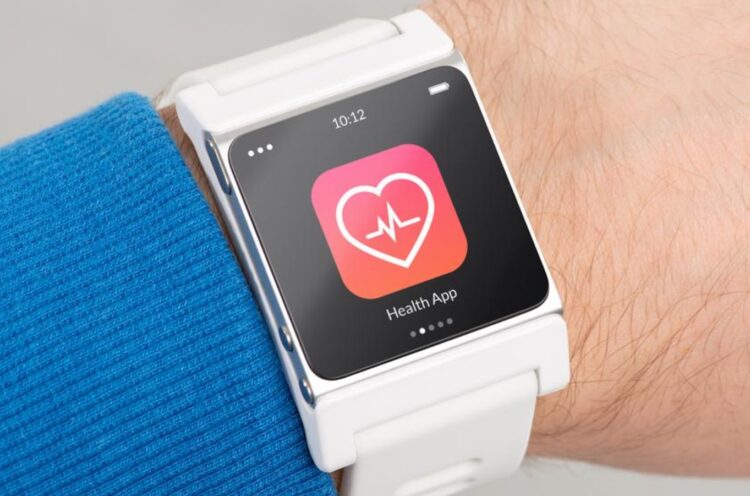
How has technology helped?
One of the major advances for modern machines is their ability to make use of miniaturisation and the capacity to connect to each other. Instead of paper readouts, all vitals can be tracked to central systems that can aggregate and accumulate data, spotting patterns, spikes, or other essential information.
Advancements in technology have also made the devices smaller and easier to use than ever before – letting doctors use them on patients that would previously have been unable to endure the application of invasive sensors. The ability to make certain elements disposable also helps massively cut down on the risk of contamination and make maintenance quick and simple.
This has allowed health services to meet increased demand head on even when stretched to the limit, as the recent pandemic has clearly shown.
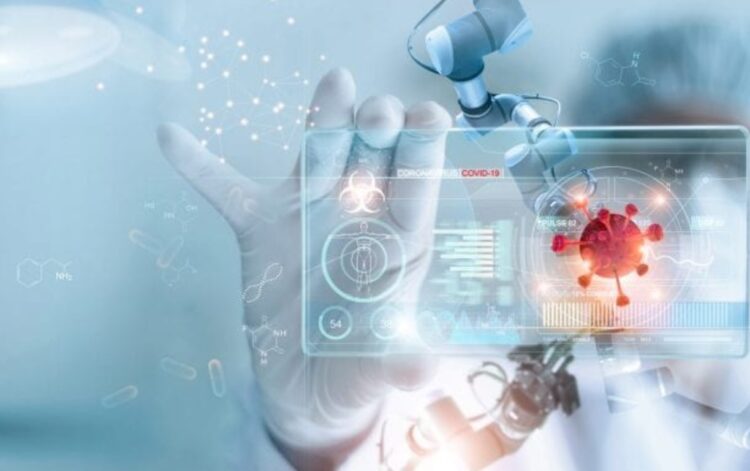
Why are they so helpful during Covid 19?
The use of medical sensors was incredibly helpful during the Covid outbreak, especially when it came to monitoring blood oxygen levels in a wide number of patients. Earmarked as a potential early warning sign for those suffering from Covid 19 – blood pulse oximeters have helped harvest essential vitals data that can be aggregated into a validated treatment plan.
Many patients have also been given a blood pulse oximeter after recovering from infection, letting them record and track their progress and recovery at home, with the device painlessly fitting over a fingertip and using a beam of light to track their body’s oxygen saturation with ease.
This has helped
Provide timely care: Sensors quickly and effectively give a readout that can be used to inform decision-making when it comes to providing care. Having a reliable, early diagnosis can allow for accurate triaging or the provision of professional guidance.
Cut down on practitioner pressure: The threat of Covid means that many health services are struggling to keep up with patient demands, provide diagnoses, and more. Having a portable unit can help the individual read their own vitals and cut back on potentially avoidable patient visits, where there is potential risk of infection.
Supplying peace of mind: While it is always essential to validate your reading and never attempt to self-diagnose, the ability to self-monitor and keep an eye on key vital signs can help relieve stress with anxious patients and give peace of mind when it is needed most. And, if the worst does happen and intervention is required, they can provide detailed feedback about their condition and seek out appropriate support.
Can I pick one up?
Thankfully, the same advancements that have improved sensor technology have allowed companies to develop models that are not only reliable and simple to use but are also portable and cost effective.
If you are interested in tracking your health, picking up your own oximeter is quick and simple with many models available online through reputable sites like Sensoronics or other leading providers. Just be sure to check that your device has a reliable pedigree and has been created by an authentic provider. Personal health is incredibly important and securing a device that can be relied upon will ensure that your readings are helpful and accurate.


